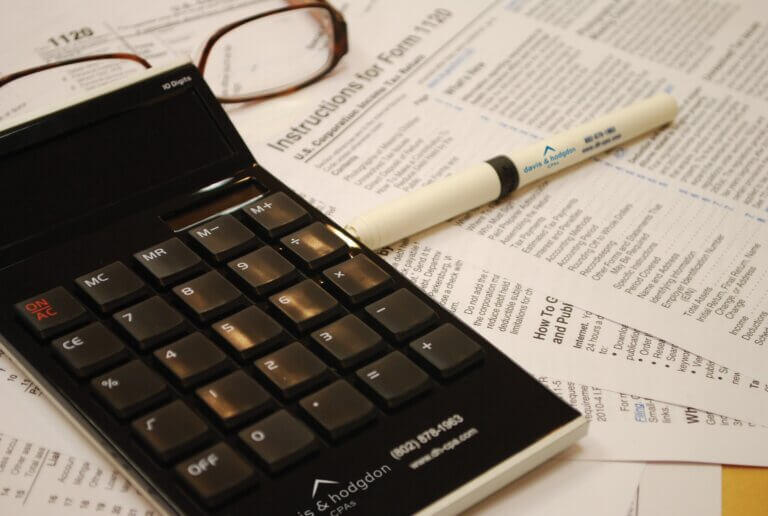Storm Preparedness Steps For Your Business
With the possibility that Hurricane Sandy might affect our region, please consider taking the following steps to prepare your business. These have been developed as a result of lessons learned from the past, including Tropical Storm Irene.
Here are the precautionary steps you should consider taking:
1. Create a kit that includes the entire checklist below. Print it out and check it off.
2. Make sure you have this information in a portable form and with you…so get to the office and create a folder – physical or on a thumb drive – so you can access it on your home computer in case you cannot get to the office.
3. Of course we suggest that you watch the storm track and be prepared to move important items (documents, computers, etc.) out of your business before the storm hits if it looks like that is what is going to transpire.
The Checklist:
- A well charged cell phone
- Any emergency supplies that are always recommended:
- Flashlights, Extra batteries, Water
- Emergency contact list of employees and key customers/clients
- Insurance policies and agent information
- Emergency Action Plan – what are you going to do? Make an outline of first steps and actions…you will be grateful to have thought these first actions through.
- Back up computer system/data files (if you are not automatically backing up thru your internet service provider and in that case have your password and any other relevant information)
- Voice mail box number and remote password
- List of suppliers and vendors
- Inventory list (with $ value) and pictures (or video)
- Company assets (furniture and machinery – essentially anything non-inventory related that would have to be replaced) list (with $ value) and pictures (or video)
- Pictures on interior and exterior of business
- A special note for businesses who suffered physical damage from Irene: document those repairs (photos of present conditions especially) so there is no question of which storm caused what specific damage.
- Camera to document new damage if it occurs
- Legal documents
- The name, phone number and email of your lawyer
- Current financial documents
- Last 3 year’s tax returns
- The name, phone number and email of your accountant
- Banking records including info on:
- Checking, Savings, Debit card, Loans, Line of Credit, Also the name, phone number and email of your bank contact(s)
- A list of credit cards with 800 #’s that the store uses
- A list of all other passwords
If Damage Occurs:
Call your insurance company or agent with your policy number and other relevant information as soon as possible. Cooperate fully with the insurance company, and ask what documents, forms and data you need.
Take photographs or video of the damage. IMPORTANT: Do this before making any repairs.
Make the repairs necessary to prevent further damage to your property (i.e., cover broken windows, leaking roofs and damaged walls). Do not have permanent repairs made until your insurance company has inspected the property and you have reached an agreement on the cost of repairs.
Save all receipts, including those from the temporary repairs covered by your insurance policy.


